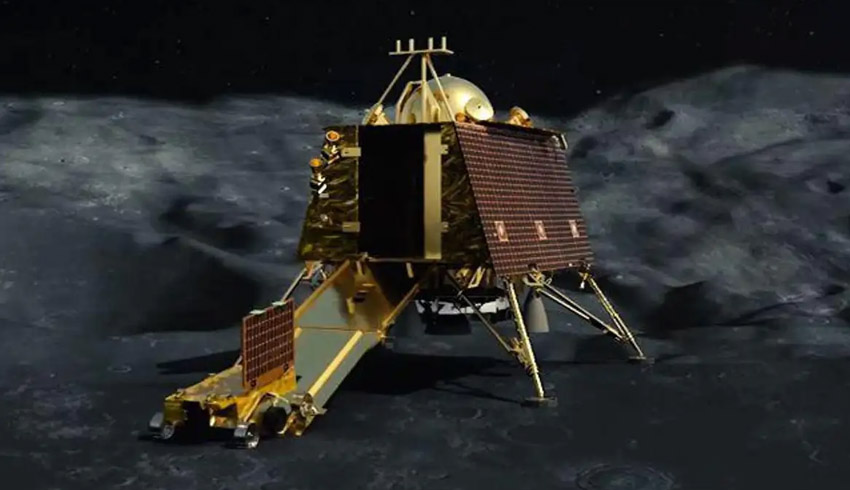
NASA said it is trying to contact the lander called Vikram through its deep space network, which includes the Canberra Deep Space Communications Complex at Tidbinbilla in the ACT.
“Yes, NASA/JPL (Jet Propulsion Laboratory) is trying to contact Vikram through its deep space network (DSN) as contractually agreed with ISRO (Indian Space Research Organisation),” NASA said.
The Canberra Deep Space Communications Complex website lists Chandrayaan-2 as one of the missions it is tracking on behalf of ISRO.
ISRO has been beaming signals at the lander in a bid to wake up its onboard systems.
However, the reality is that not a peep has been heard from Vikram since contact was lost on 8 September and that does not bode well for a happy ending to India’s moon landing mission.
The New York Times noted that in the history of space flight robotic probes which malfunctioned while landing on another world were never heard from again.
The much heralded mission to soft land on the moon was proceeding perfectly, right up until communications with the descending lander, named Vikram, cut out about two kilometres above the lunar surface.
Subsequently, ISRO director Dr Kailasavadivoo Sivan told Indian media a thermal image had been taken by the Chandrayaan-2 mission orbiter showing the lander on the surface.
Subsequent images taken from the orbiter show the craft on the moon surface but apparently on a lean.
NASA said it would share any before and after flyover imagery of the area around the targeted Chandrayaan-2 Vikram landing site to support analysis by ISRO.
Like Israel’s Beresheet mission to the moon earlier this year, Chandrayaan-2 showed that difficulties seem to emerge in the final moments. Beresheet functioned perfectly until a something went wrong in descent and it impacted the moon surface.
Had India succeeded where Israel failed, it would have joined a very exclusive club as just the fourth nation, after the US, Russia and China, to soft land a robotic probe on the moon.
If Vikram is going to wake up, there’s not that much time.
After touchdown it was intended that a rover would spend two weeks exploring the surface and collecting data on mineral and chemical composition and, hopefully, water.
After two weeks, the lunar night arrives and it was never planned for Vikram to survive the frigid conditions.
Although the landing may not have worked, India still sees Chandrayaan-2 as a substantial success in terms of technical achievement and national pride.
“Mission Chandrayaan-2 undertaken by the Indian Space Research Organisation is a major milestone in India’s journey of becoming a space power,” said media organisation India Today.
“It laces India among the handful of nations who have been able to develop the capability to send moon missions.”
Receive the latest developments and updates on Australia’s space industry direct to your inbox. Subscribe today to Space Connect here.









